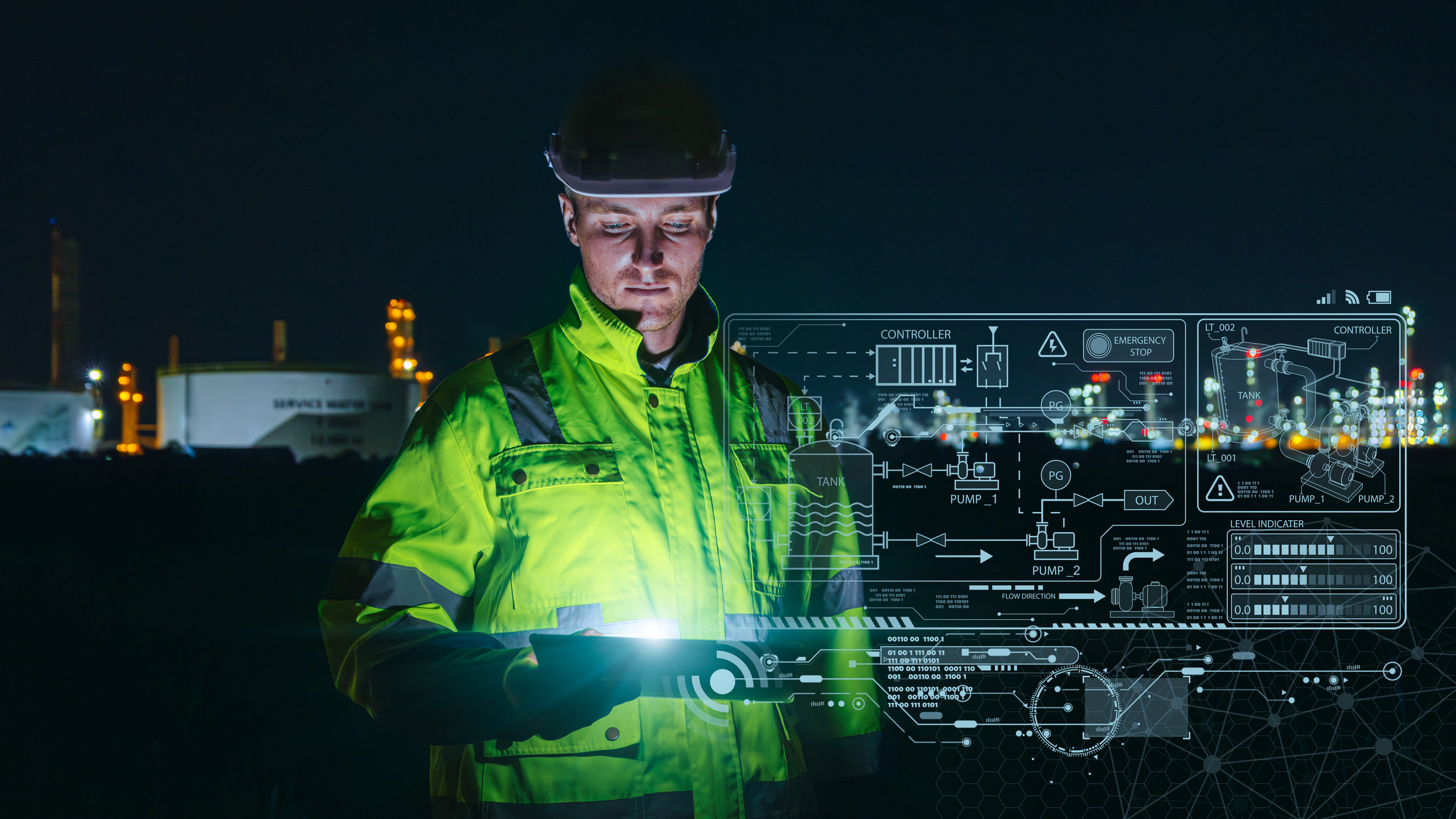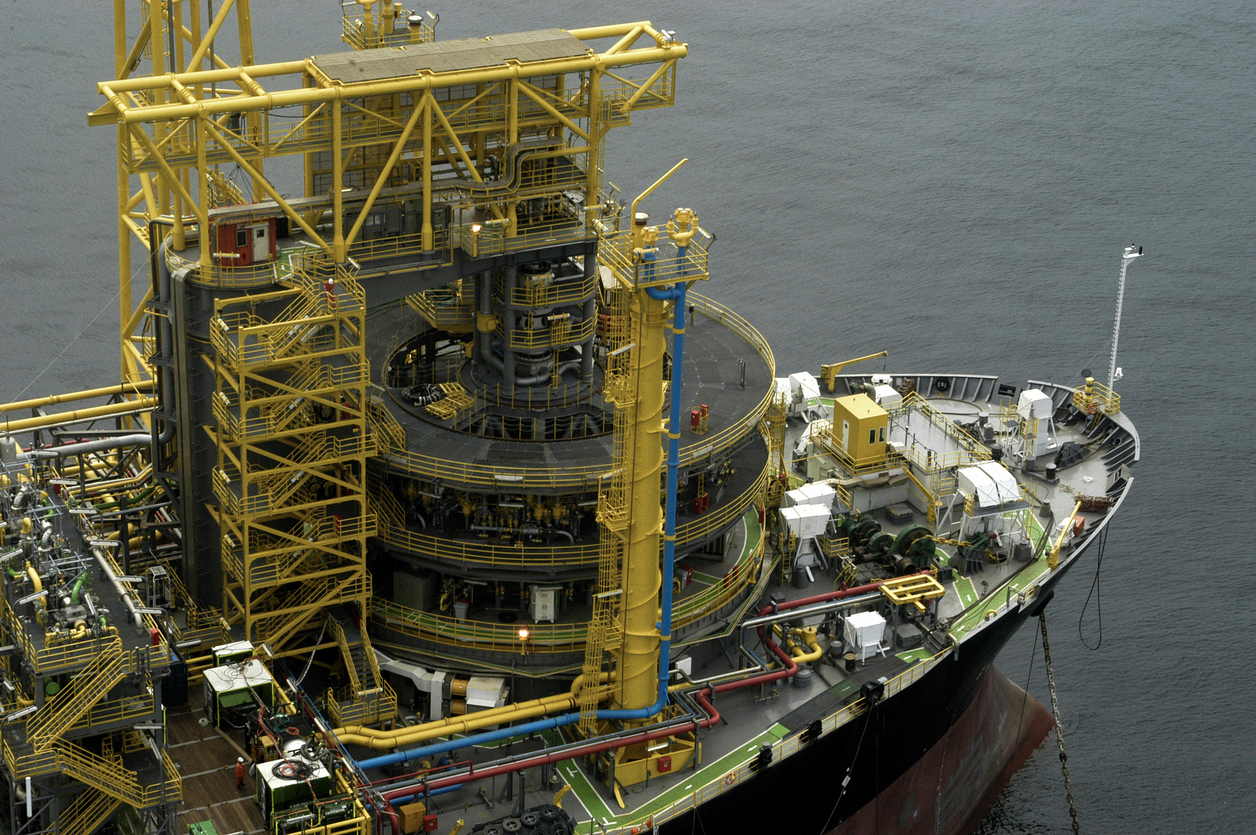Streaming refers to the efficient and high-quality live transmission of data and images, even in locations where connectivity is limited, such as offshore rigs and vessels. This technology allows operations in critical environments to be monitored in real time by teams on land, ensuring that crucial data is always accessible.
This article aims to explore how streaming is transforming remote monitoring in the offshore environment, highlight its practical applications and advantages, and discuss its future potential in the industry.
How offshore streaming works
Live streaming technology in offshore environments is based on advanced systems that use data compression to transmit images in real time, minimizing bandwidth usage. This process is essential in many locations where connectivity is limited and data efficiency becomes a priority.
Streaming is recommended for companies that would like to receive and transmit images in real time. The information is transmitted online, enabling the upload of large amounts of data so that the team on land can monitor the operation at sea.
Using compression algorithms, offshore streaming reduces the size of image files without compromising visual quality. This way, even in adverse conditions, the integrity of the images is preserved.
This technology is designed to work in sync with existing monitoring systems, ensuring data is transmitted continuously and securely. In addition to providing a comprehensive view of operations, streaming also allows decisions to be made based on up-to-date information, increasing safety and efficiency in complex operations.
Practical applications of streaming
Real-time monitoring is essential for offshore operations, ensuring that accurate data is constantly updated. Oil and gas platforms are a classic example of sectors that benefit from this technology. In these facilities, streaming allows continuous surveillance of equipment and infrastructure, ensuring greater operational control and contributing to reducing the risk of accidents.
In addition to the oil and gas sector, other industries such as offshore wind energy, logistics and even the marine sector can also benefit from this innovation. For example, monitoring of offshore wind turbines can be optimized with live streaming, ensuring that weather conditions and structural integrity are constantly assessed.
Advantages of use in hard-to-reach places
Using streaming to monitor hard-to-reach locations offers a number of significant advantages. First, there is a reduction in travel costs. With the ability to monitor operations remotely, the need to send teams to the site is reduced, saving time and money. This is especially relevant in environments where transportation can be expensive and complicated.
Additionally, offshore streaming provides continuous and secure access to data. This technology allows information to be accessed reliably and ensures that teams onshore always have the latest information at their disposal.
Finally, technology helps with decision-making. With current and accurate data, companies can perform more in-depth and faster analyses, reacting promptly to any changes in operating conditions.
The Future of Streaming for Monitoring
Technological advances promise to pave the way for the integration of innovations that optimize the monitoring of operations in complex environments. Among them, the integration of multitemporal image analysis has great potential, allowing historical data to be cross-referenced with real-time information for more strategic and efficient management.
Furthermore, the potential for expansion into new sectors is vast. Industries such as renewable energy and deep-sea mining can benefit from offshore streaming to optimize processes and enhance safety, establishing it as an essential solution for a variety of applications.
Conclusion
Throughout this article, we explore how offshore streaming stands out as an effective solution for remote monitoring in low-connectivity locations. With advanced technology, it is possible to transmit images using less data, without compromising quality, which is crucial for offshore operations.
We emphasize the importance of this innovation, which reduces travel costs and ensures continuous and secure access to information, improving decision-making. This technology offers a new horizon for sectors that depend on precise and constant monitoring.
With emerging technological innovations, this solution promises to expand into new sectors, transforming the industry and the way we manage operations in challenging environments.
ALTAVE Solution
Our streaming solution uses advanced technology for low-latency live streaming. Streaming can be activated on demand, significantly improving network resource management. It also allows simultaneous viewing by multiple users, providing remote teams with greater real-time situational awareness. The platform also incorporates robust encryption to ensure the security and integrity of transmitted data, while efficient compression minimizes bandwidth consumption.
With this specialized functionality from ALTAVE, limited connectivity is not a problem. Talk to our experts to learn how our technology is customizable to best meet the demands of your operation.





